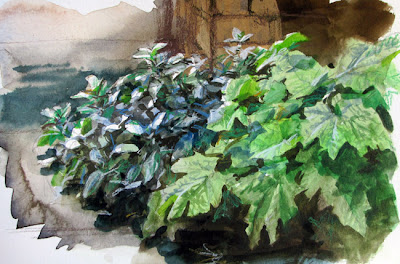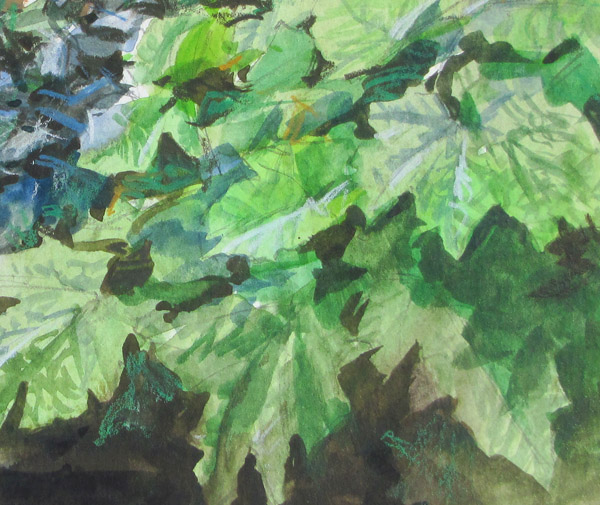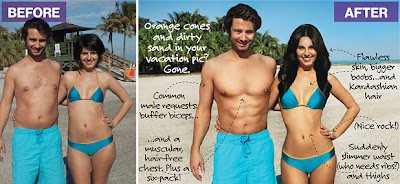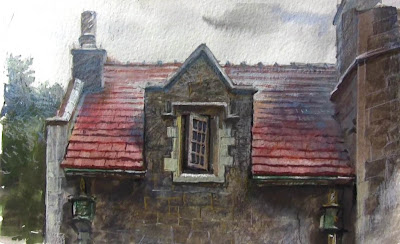Sir Edwin Landseer (1802-1873) was the premiere painter of dog portraits of the nineteenth century. Jacob Bell, aware of Landseer's reputation, commissioned him to paint his favorite bloodhound, Countess. But Landseer took a long time getting around to the commission.

One Sunday evening the dog lost her footing on a second floor balcony and fell to her death. The next morning, Bell carried the carcass of his beloved pet to Landseer's door and knocked. He knew that Landseer was busy and hated to be disturbed.
Seeing the dead dog, Landseer declared, "This is an opportunity not to be lost. Go away. Come back Thursday at two o'clock."
Landseer arranged the dead dog in a sleeping pose as he was accustomed to do with his anatomical studies. When Bell returned at the appointed time, the portrait was finished.
Richard Ormond, in his well-illustrated biography of Landseer, observes that "There is more than a hint of rigor mortis in the dog's stiff legs, and a general air of decrepitude not inconsistent with death. The atmosphere of the picture, with its dramatic contrasts of light and dark, is somber and haunting. Landseer's sympathy with his subject has an elegiac quality, a lament for death and old age in general."
------


































